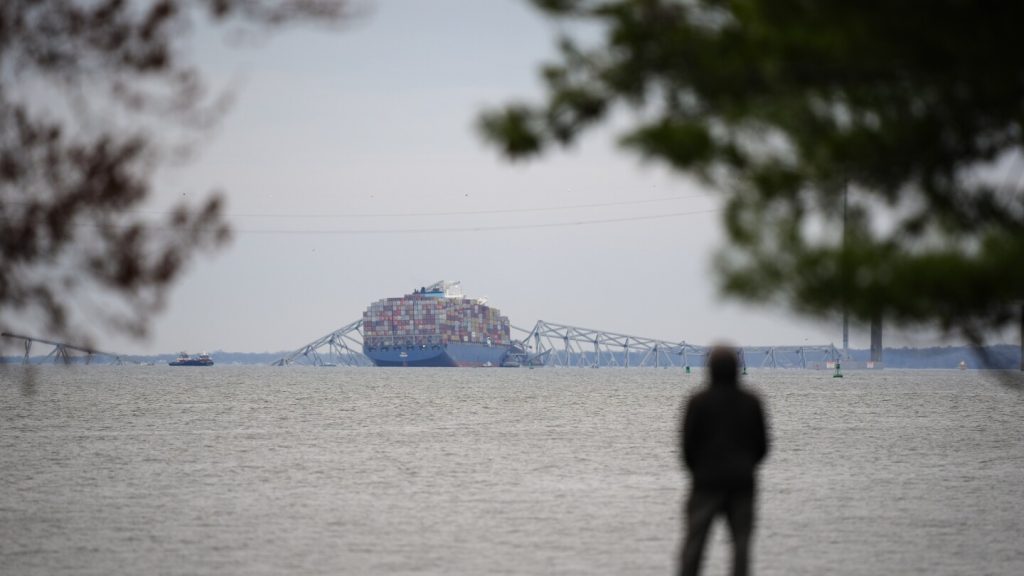A tragic event unfolded in Baltimore this week as the historic Francis Scott Key Bridge collapsed into the Patapsco River, leaving the maritime community in disbelief. The collapse has deeply impacted generations of Maryland workers who rely on the port for their livelihoods. The iconic bridge served as a vital connection for many watermen, longshoremen, and crabbers in the area, and its destruction has put thousands of jobs at risk. The bridge, named after the writer of the national anthem, was a key infrastructure in Baltimore’s rich maritime history, connecting two working-class communities and playing a significant role in the city’s economy.
The collapse of the Key Bridge has brought attention to the challenges facing immigrants in the U.S., as the roadwork crew that lost their lives were Latino immigrants in pursuit of the American dream. The tragedy highlights the difficult conditions that these workers face, as they were performing a physically demanding job for low wages. The men who perished in the collapse came to Maryland seeking better opportunities for themselves and their families, adding to the city’s long history of immigration that has shaped its culture and commerce. Many immigrants have historically worked in the docks and railroad yards, contributing to Baltimore’s growth and development.
The collapse of the Key Bridge has not only affected the local maritime community but has also had broader implications for the state of Maryland and the national economy. The Port of Baltimore is a crucial hub for global trade, handling billions of dollars in foreign cargo each year. The loss of the bridge has disrupted shipping traffic to one of the busiest ports on the east coast, impacting a wide range of industries that rely on the port for their operations. Officials have pledged to rebuild the bridge, but the process is expected to take years and will come at a significant cost.
The collapse of the Key Bridge has highlighted the challenges facing Baltimore, a city with a storied history that often struggles with poverty, crime, and population loss. The disaster serves as a reminder of the city’s resilience and determination to overcome adversity. Baltimore’s port has been a constant presence throughout the city’s ups and downs, providing employment opportunities to countless individuals and playing a key role in its economic development. The city’s mayor, Brandon Scott, emphasized the importance of the port in Baltimore’s past, present, and future, and expressed confidence in the city’s ability to bounce back from this tragedy.
The Key Bridge collapse has sparked an outpouring of grief and disbelief among Baltimore residents, many of whom have fond memories of the bridge and its significance in the city’s landscape. The collapse has left a void in the city’s infrastructure and has prompted reflection on the importance of maintaining and protecting aging structures. As the city mourns the loss of the bridge and the lives lost in the collapse, there is a sense of unity and solidarity among residents, who are determined to rebuild and move forward. The tragedy has highlighted the resilience of the Baltimore community and its ability to come together in times of adversity.


